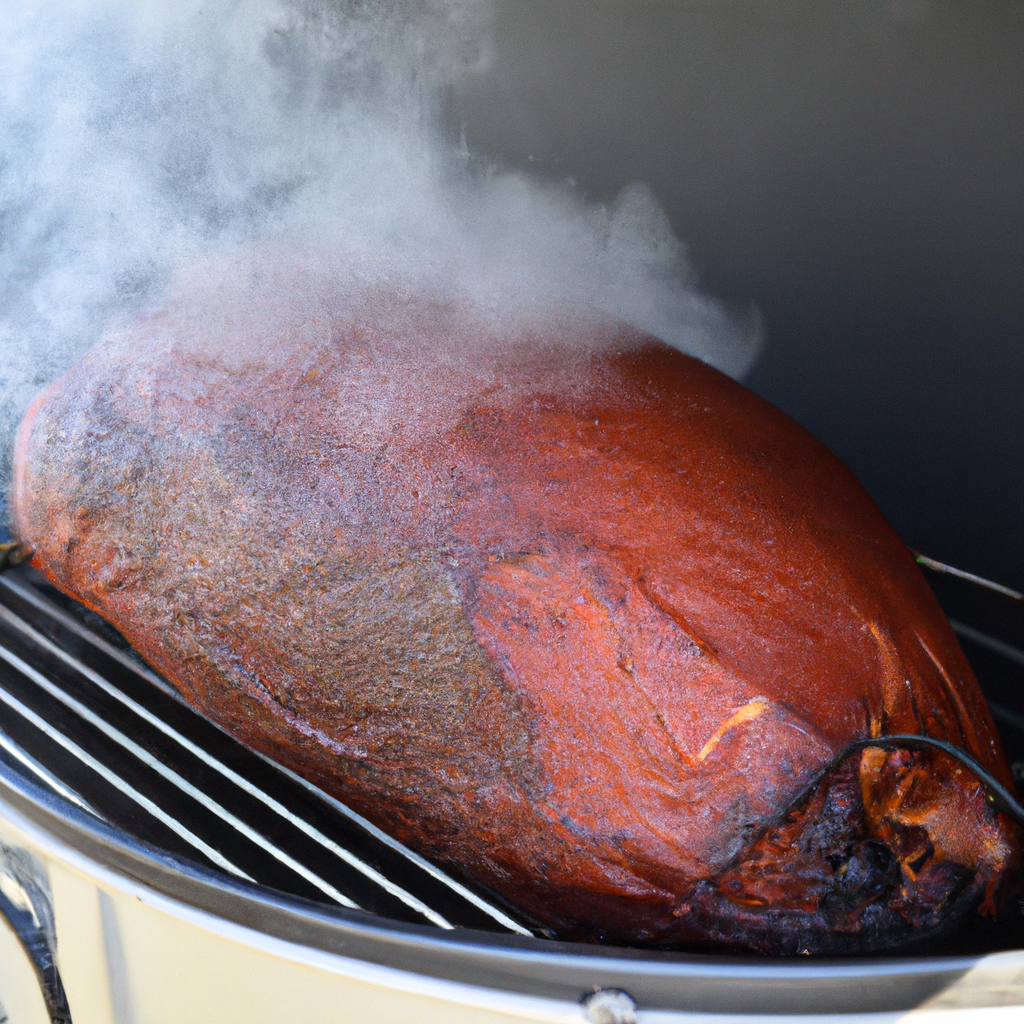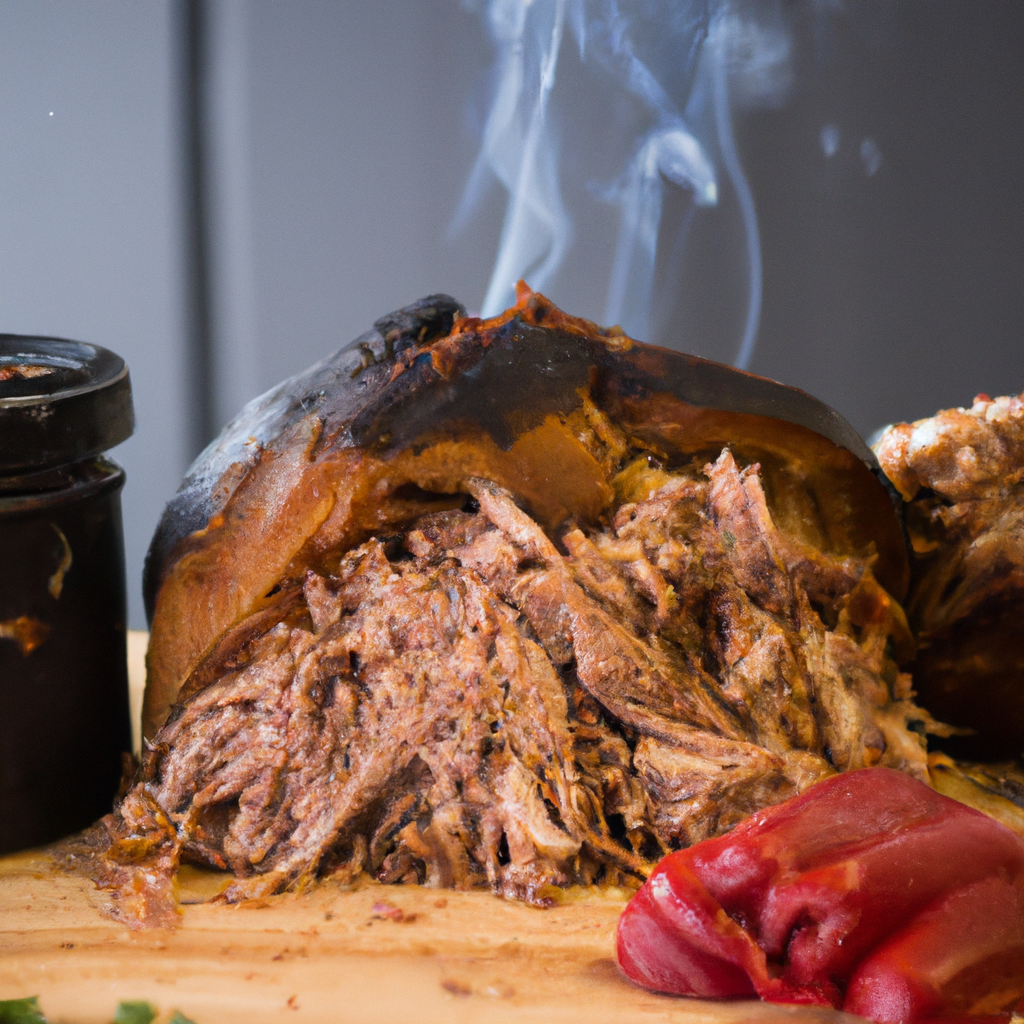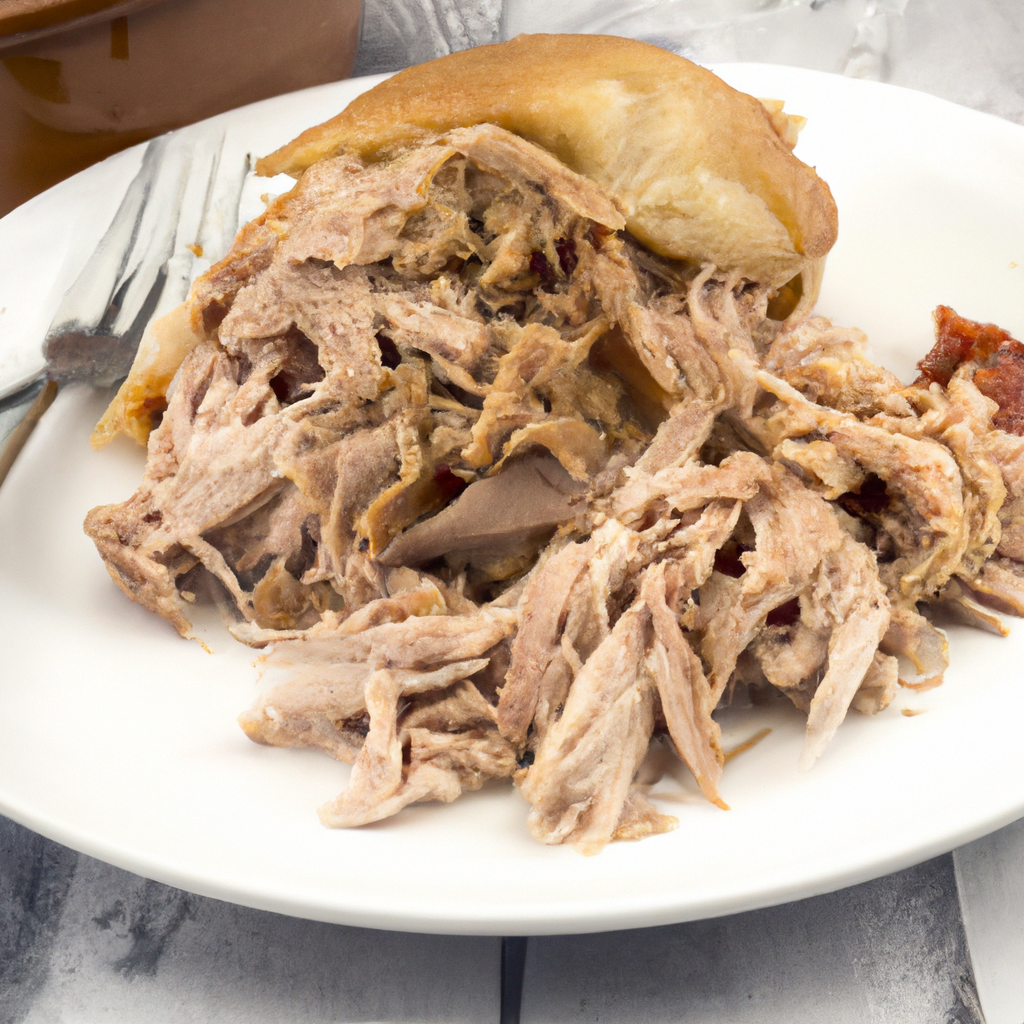Fishing, Hunting and Camping
Tips, articles and reviews by people like you.
Pork Butt: Smokin’ Hot Tips & Tricks!
Pork Butt: Smokin’ Hot Tips & Tricks!
If you love slow-cooked meat that is flavorful, tender, and juicy, then pork butt is the cut you need to try next. Despite its name, pork butt actually comes from the shoulder of the pig, and it is perfect for smoking, roasting, or braising. With some simple tips and tricks, you can turn this humble cut into a show-stopping dish that will impress your friends and family. Whether you are a seasoned pitmaster or a novice cook, this guide will help you master the art of pork butt and take your barbecuing skills to the next level.

pork butt smoking
Get Ready to Sizzle with Pork Butt!
Before you start cooking, you need to choose the right pork butt. Look for a cut that is well-marbled, with a good fat cap on top. This will ensure that your meat stays moist and tender throughout the cooking process. You can also ask your butcher to trim the meat for you, or do it yourself at home. Make sure to leave a thin layer of fat on top to keep the meat from drying out.
The Secret to Perfect Pork Butt
The secret to perfect pork butt is low and slow cooking. This means cooking the meat at a low temperature (around 225°F) for a long time (8-12 hours). This slow cooking method breaks down the tough connective tissue in the meat, making it tender and juicy. You can cook pork butt in the oven, on a gas grill, or in a smoker. Just make sure to monitor the temperature and adjust the heat as needed.
Prep Like a Pro for Smoky Goodness
To give your pork butt that smoky flavor and beautiful bark, you need to prep it properly. Start by rubbing the meat with your favorite spice blend or dry rub. You can use store-bought rubs or make your own with a combination of salt, sugar, paprika, garlic powder, onion powder, and other herbs and spices. Make sure to apply the rub generously, covering all sides of the meat. Let the meat sit at room temperature for at least 30 minutes before cooking.

smoked pulled pork
The Ultimate Pork Butt Rub Recipe
If you want to make your own pork butt rub, here is a simple recipe to get you started:
- 1/2 cup brown sugar
- 1/4 cup paprika
- 2 tablespoons kosher salt
- 2 tablespoons garlic powder
- 2 tablespoons onion powder
- 1 tablespoon black pepper
- 1 tablespoon cumin
- 1 tablespoon chili powder
- 1 teaspoon cayenne (optional)
Mix all the ingredients together in a bowl and store in an airtight container until ready to use.
Basting Tips for Juicy, Flavorful Meat
To keep your pork butt moist and flavorful, you can baste it with a mixture of apple juice, cider vinegar, and your favorite barbecue sauce. Brush the mixture onto the meat every hour or so during the cooking process. This will add flavor and help the meat stay moist. Make sure to use a silicone brush or basting mop to avoid burning your hands.
Slow and Steady Wins the Pork Butt Race
When it comes to pork butt, slow and steady wins the race. You want to cook the meat until it reaches an internal temperature of 195-205°F. This is the range where the connective tissue has broken down and the meat is tender and juicy. Use a digital meat thermometer to monitor the temperature and avoid overcooking or undercooking the meat. Once the meat reaches the desired temperature, remove it from the heat and let it rest.
Maximizing Flavor with Wood Chips
To maximize the flavor of your pork butt, you can add wood chips to your smoker or grill. Different types of wood will impart different flavors to the meat. Hickory, mesquite, and oak are popular choices for pork butt. Soak the wood chips in water for at least 30 minutes before adding them to the heat source. This will help them smoke and produce more flavor.
Perfecting Your Pork Butt Temperature
To make sure your pork butt is cooked to perfection, you need to measure the internal temperature in several places. Use a meat thermometer to check the temperature in the thickest part of the meat, as well as near the bone. If the temperature is not consistent, keep cooking until it reaches the desired range. Remember to let the meat rest for at least 30 minutes before slicing or shredding.
Letting Your Pork Rest for Optimal Results
Letting your pork rest after cooking is important for several reasons. First, it allows the juices to redistribute throughout the meat, making it more tender and juicy. Second, it makes it easier to slice or shred the meat without it falling apart. Finally, it gives you time to prepare any sides or sauces you want to serve with the meat. Cover the meat with foil and let it rest for at least 30 minutes before serving.

pulled pork
Pulling Your Pork: Tips for Shredding
When it comes to shredding pork butt, you have two options: using forks or using your hands. Using forks can be a bit tedious, but it will give you more control over the size and texture of the shreds. Using your hands can be faster and more efficient, but it requires some heat-resistant gloves or tongs to avoid burning yourself. Whichever method you choose, make sure to remove any excess fat or gristle and shred the meat into bite-sized pieces.
Serving Suggestions for Mouthwatering Meals
Pork butt is a versatile cut that can be served in many ways. You can serve it as a sandwich with your favorite barbecue sauce and coleslaw, or as a main dish with mashed potatoes and green beans. You can also use the meat in tacos, quesadillas, or pizza toppings. Finally, you can serve it with a variety of sides, such as baked beans, cornbread, mac and cheese, or roasted vegetables. The possibilities are endless!
Don’t Forget the Leftovers: Reinventing Pork Butt
If you have any leftover pork butt, don’t let it go to waste. You can use it in many creative ways, such as making pulled pork hash for breakfast, adding it to a soup or stew, or making a pork butt shepherd’s pie. You can also freeze the meat for later use, or make a batch of pork butt sliders for a quick and easy meal. With pork butt, the flavor never ends!
Pork butt is a great cut of meat that is easy to cook and full of flavor. With these tips and tricks, you can take your pork butt game to the next level and impress your guests with mouthwatering meals. Whether you prefer sweet, spicy, or smoky flavors, there is a pork butt recipe out there for you. So fire up your grill or smoker and get ready to sizzle with pork butt!
Smokin’ Pork Perfect: Mastering Gravity vs. Pellets
Smokin’ Pork Perfect: The Ultimate Guide
Are you a fan of smoky and tender pork? Then you’re in luck because in this ultimate guide, we’ll be discussing the two most popular types of smokers: gravity-feed smokers and pellet smokers. We’ll be exploring the pros and cons of each type, tips for preparing and seasoning your meat, troubleshooting common smoker issues, and sharing delicious pork recipes that will make your mouth water. So, buckle up and get ready to become a master of smoking pork!
Mastering Gravity-Feed Smokers
Gravity-feed smokers are the go-to choice for many competitive barbecue teams as they provide a consistent cooking temperature and have a large cooking capacity. They work by using charcoal or wood at the bottom of the smoker, and the heat and smoke are drawn up by a fan or blower to the cooking chamber. One of the benefits of gravity-feed smokers is that they don’t require as much attention as other types of smokers, allowing you to sit back and relax while your meat cooks to perfection.
I personally use the Masterbuilt 1050, check it out!
Pellet Smokers: The Pros and Cons
Pellet smokers are another popular choice for smoking pork, and they work by using compressed wood pellets as fuel. They offer precise temperature control and are relatively easy to use, making them an excellent choice for beginners. However, they can be more expensive than other types of smokers, and some people may not like the taste of the smoke produced by pellet smokers.
Getting Started: Choosing the Right Smoker
When it comes to choosing the right smoker for smoking pork, it’s essential to consider your budget, cooking capacity, and level of experience. If you’re a beginner, a pellet smoker may be the way to go, but if you’re looking for a more hands-on approach and have some experience, a gravity-feed smoker may be a better option. Regardless of which smoker you choose, make sure to read the user manual carefully and take all the necessary safety precautions.
Whether you’re a seasoned pitmaster or a beginner, mastering the art of smoking pork is an enjoyable and rewarding experience. By following the tips and techniques outlined in this guide, you’ll be well on your way to creating delicious and tender pork that will impress your family and friends. So, fire up your smoker, grab your apron, and let’s get smokin’!




